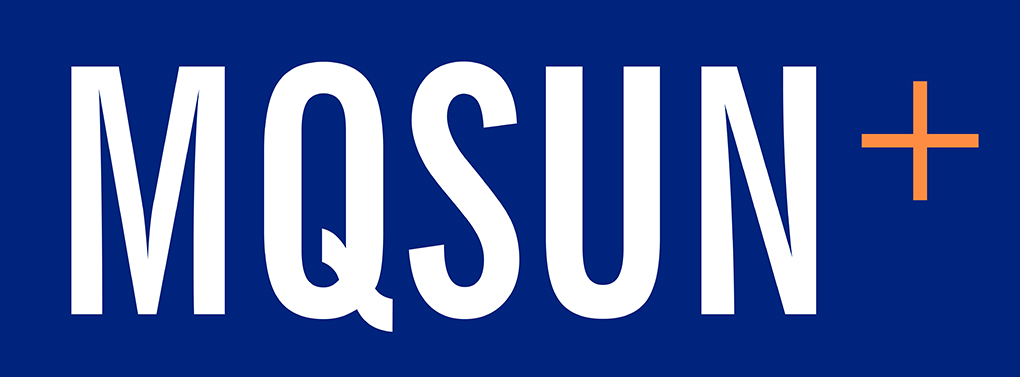This topic guide has been compiled to provide an overview of undernutrition in the context of development. It covers the nature, scale and complex range of causes of undernutrition and summarises the evidence for what works to address the problem. The guide covers direct nutrition interventions (also known as nutrition-specific), indirect interventions (nutrition-sensitive) and the global coordination structures, governance and funding which are essential for an enabling environment within which undernutrition can be successfully reduced. The focus of this guide is on undernutrition, defined as the outcome of insufficient quantity and quality of food intake (hunger) and repeated infectious diseases. Undernutrition includes being underweight for one’s age, too short for one’s age (stunted), underweight for one’s height (wasted) and deficient in vitamins and minerals (micronutrient malnutrition). This review does not focus on the other component of malnutrition, which is overnutrition.
Where possible, the evidence presented in this topic guide was taken from high-quality systematic reviews. Where no systematic reviews were available or appropriate, evidence was included from other sources, including primary and empirical studies, as well as theoretical and conceptual research, deemed to be of high quality. This judgement was reached based on various principles, including conceptual framing, openness, transparency, appropriateness and rigour, validity, reliability and cogency. The body of evidence that has been included is summarised for each section. This assessment is based on the quality, size, content and consistency of the studies included.


